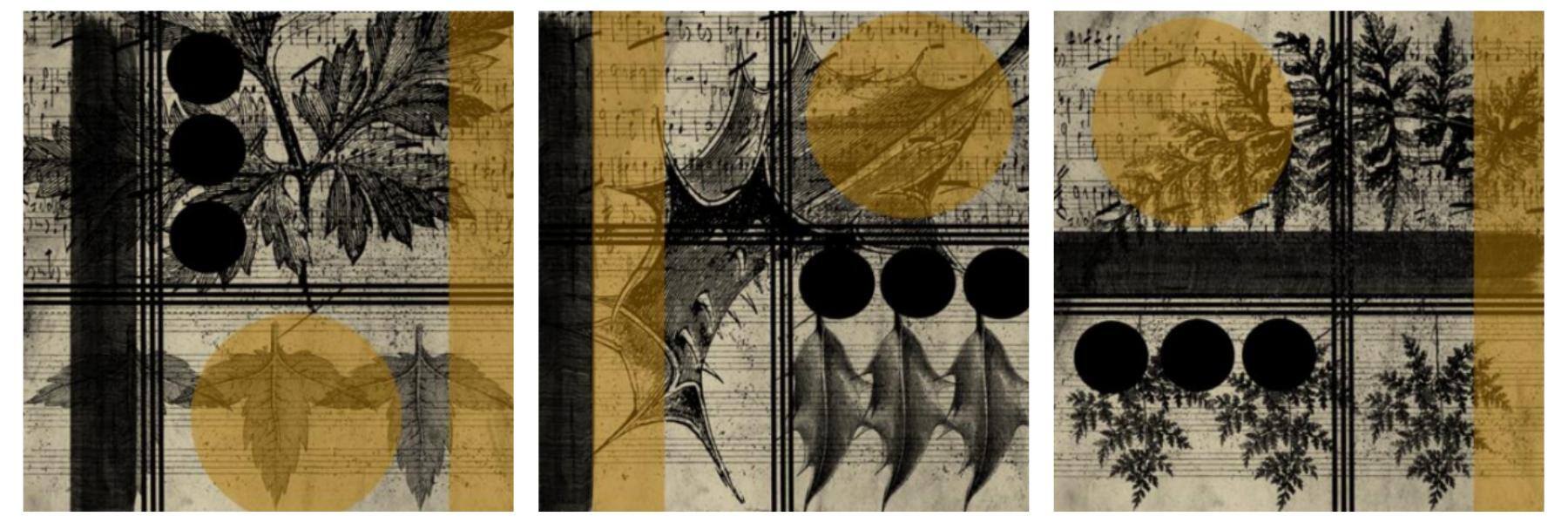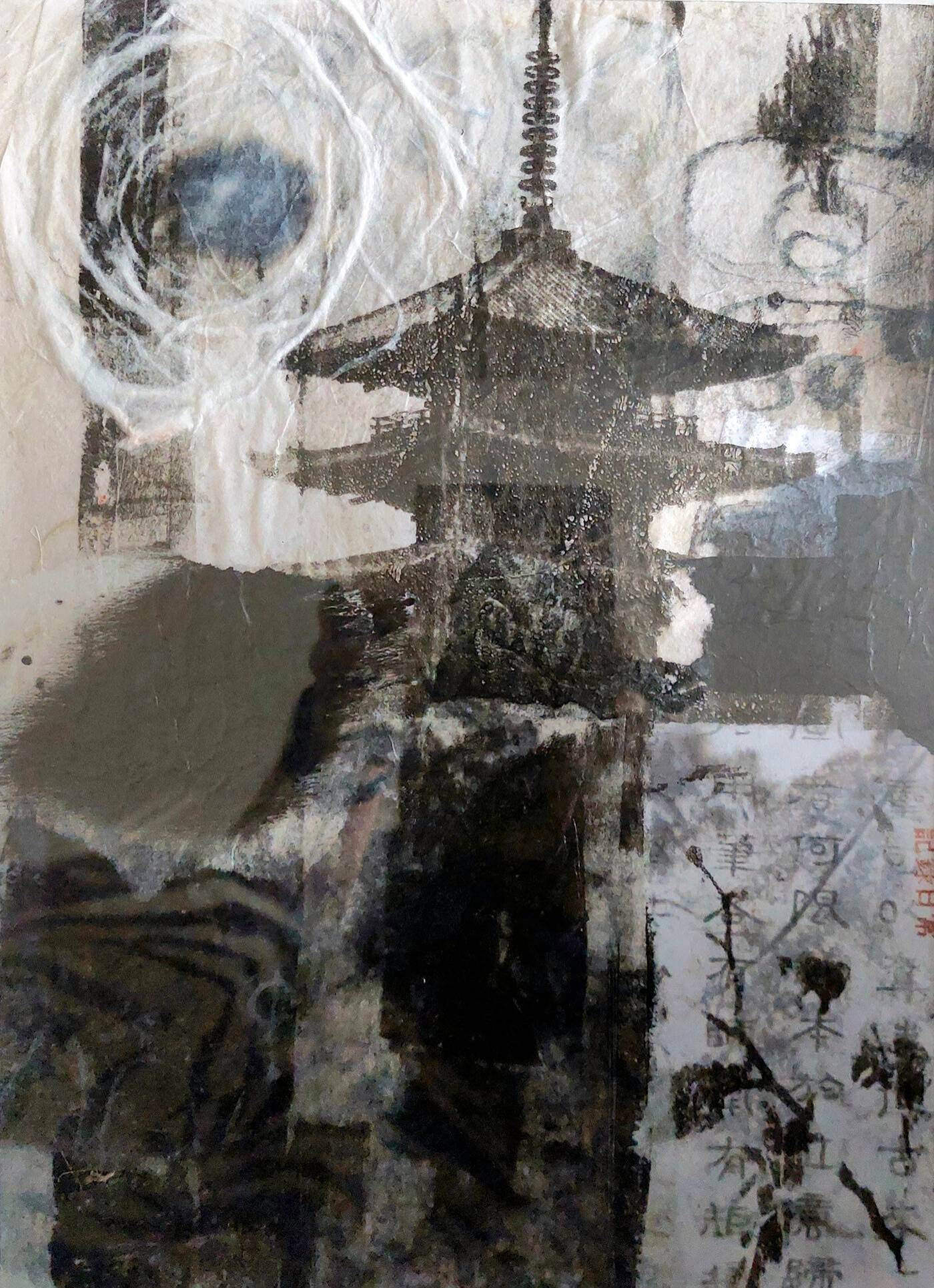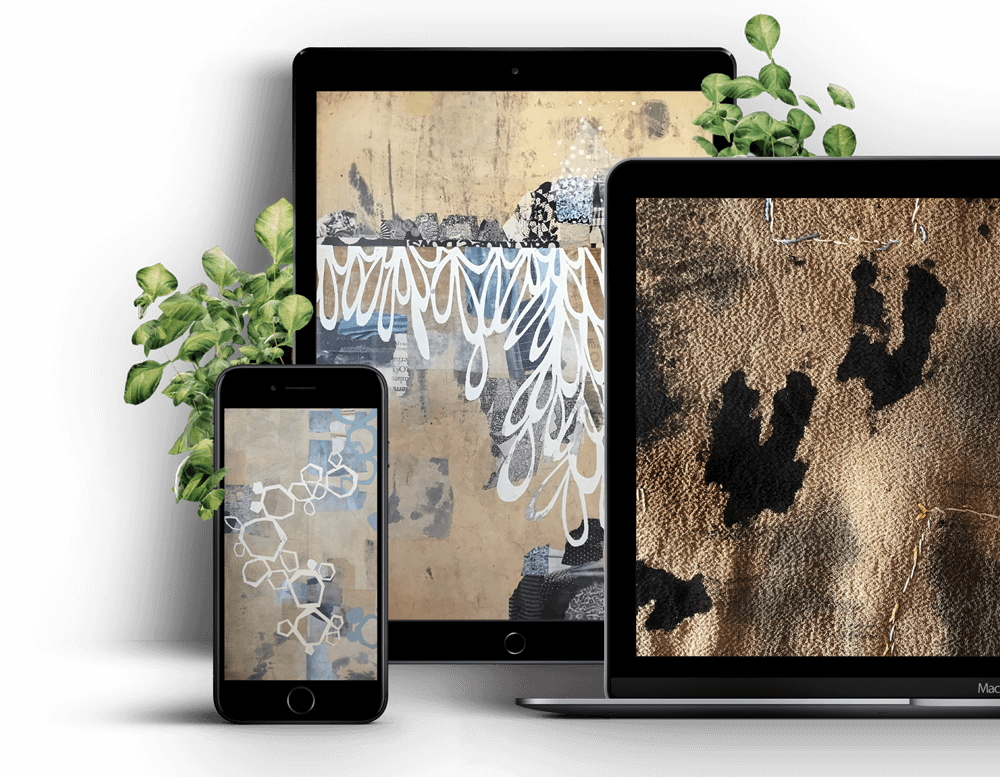What is Wabi Sabi Art?
Wabi-sabi is a Japanese aesthetic and way of life or a way of looking at things and seeing the world. It finds beauty in imperfection and impermanence. It embraces the natural cycles of growth and decay, and values simplicity, humility and the passage of time. Wabi-sabi encourages us to appreciate the beauty of things that are imperfect, incomplete and irregular.
In the context of art, wabi-sabi encourages artists to create artwork that reflects the essence of this aesthetic. It emphasises the beauty of simplicity, asymmetry, and the organic nature of materials. It finds harmony and beauty in the aging process. Wabi-sabi art captures fleeting moments and evokes a sense of tranquillity and acceptance.
While our brief description might not capture the full depth and richness of wabi-sabi, which is deeply rooted in Japanese culture and philosophy, and while it is not a total concept that can be distilled into just a word or two, if there had to be a way to capture some of the essence of what wabi-sabi art is 'rustic' would be one of the closest words in English to explain it. It may not be agreed with by everyone, and other words like 'earthy' and 'imperfect' may apply too.
The key principles of Wabi Sabi art
There are several key principles that define Wabi-sabi art:
Simplicity: Wabi-sabi art is characterized by a minimalist approach. It focuses on the essence of the subject and eliminates any unnecessary elements.
Asymmetry: Wabi-sabi art embraces asymmetry and irregularity. It avoids perfect symmetry and balance, as it values the uniqueness and unpredictability of natural forms.
Natural materials: Wabi-sabi art often uses natural materials such as wood, stone, and clay. These materials carry a sense of history and imperfection, adding depth and texture to the artwork.
Patina and wear: Wabi-sabi art appreciates the patina and wear that comes with the passage of time. It celebrates the beauty of aging and the stories that objects carry.
By understanding these principles, artists can create artwork that embodies the essence of wabi-sabi and captures its beauty.

Materials and techniques used in Wabi Sabi art
Wabi-sabi art often utilises materials and techniques that reflect the philosophy of imperfection and impermanence. Some common materials used in wabi-sabi art include:
Wood: Wood is a versatile material that can exhibit unique grain patterns, knots, and imperfections. It is often used in sculptures, furniture and traditional Japanese architecture.
Ceramics: Ceramic artwork embraces the natural imperfections that occur during the firing and glazing process. Cracks, uneven surfaces, and variations in colour are valued in Wabi-sabi ceramics.
Natural fibres: Wabi-sabi art often incorporates natural fibres such as cotton, hemp and silk. These materials age gracefully and develop a unique character over time.
Paper: Artists often use paper and collage to bring Wabi-sabi to life in their art. Think washi papers
hand made papers, hand painting papers, pressed flower prints, tea bag paper, fabric paper and momigami paper. Texture, fibres, worn edges, patterns, imperfections, impressions and ink - can all tell a story.
In terms of techniques, wabi-sabi art often involves the use of traditional craftsmanship and handcrafted processes. Hand carving, hand molding and hand painting techniques are valued for their unique and imperfect qualities.

Tips for incorporating Wabi Sabi aesthetics into your own art practice
If you are inspired by the beauty of wabi-sabi art and want to incorporate it into your own art practice, here are some things that may help:
Embrace imperfection: Instead of striving for perfection, embrace the imperfections and unique qualities of your materials and artwork. Let go of the need for symmetry and balance.
Simplify your compositions: Focus on the essence of your subject and eliminate any unnecessary elements. Emphasise simplicity and create a sense of harmony.
Experiment with natural materials: Explore the use of natural materials such as wood, stone and natural fibres in your artwork. Allow these materials to tell their own stories.
Celebrate the passage of time: Instead of trying to preserve your artwork in its original state, embrace the changes that come with time. Allow your artwork to age gracefully.
Incorporating these tips into your art practice will help you to create artwork that embodies the beauty of wabi-sabi.
If you'd like to learn more about incorporating wabi-sabi into your art practice, take a look at our online art course The Way of Wabi Sabi Collage with Donna Watson.
No video selected
Select a video type in the sidebar.
Join Our Newsletter
OUR YOUTUBE CHANNEL
View our interviews and more on our Youtube channel!
OUR FACEBOOK GROUP
Join our Community and stay updated with our upcoming announcements!





